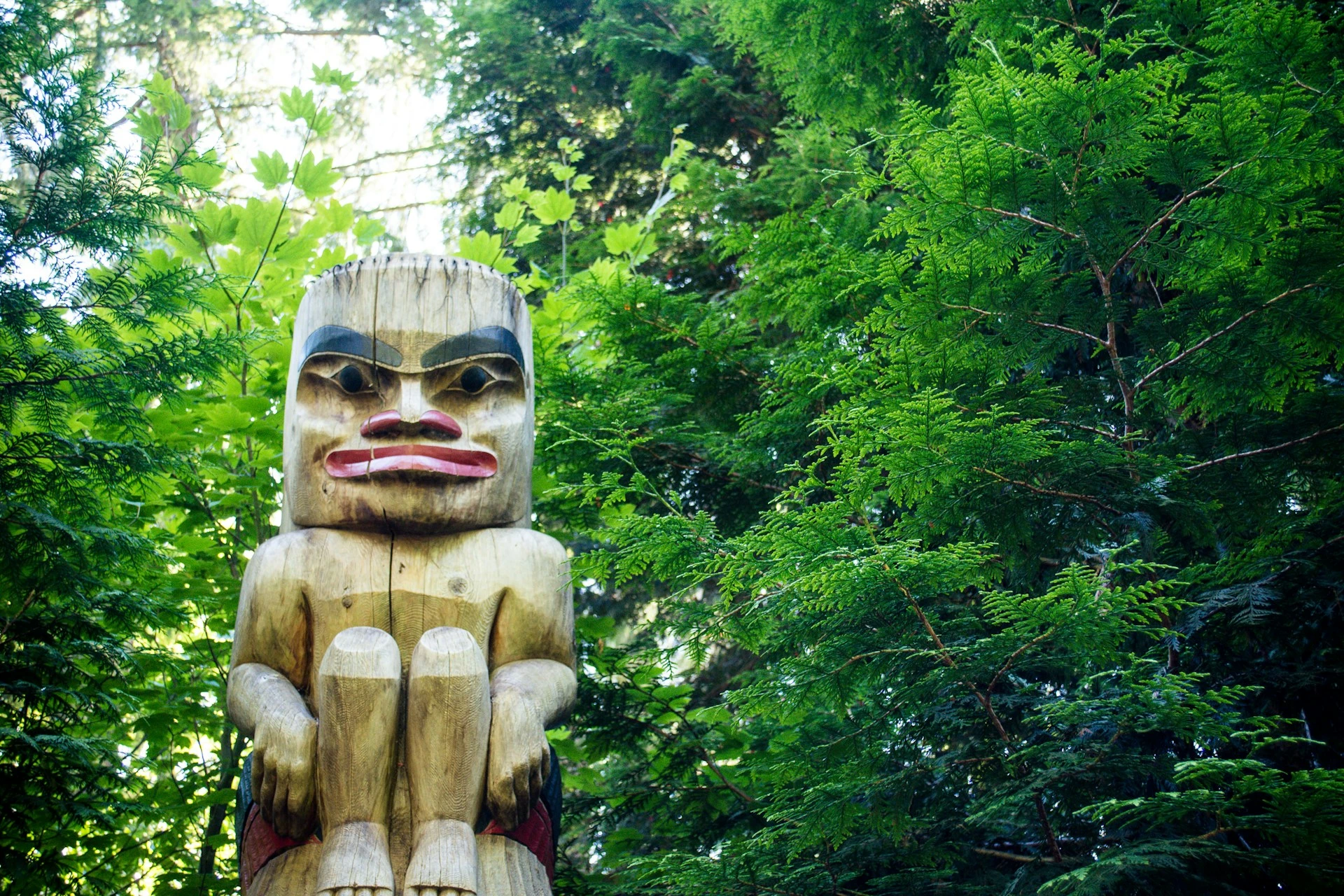The Hidden History at Capilano Suspension Bridge Park


Capilano Suspension Bridge Park is one of Vancouver’s most iconic attractions, but what many visitors don’t realise is that it’s also one of the city’s most historic places. Long before it became a world-famous adventure destination, the area was home to incredible stories of engineering, community, and respect for the surrounding forest.
The Capilano Suspension Bridge was first built in 1889 by George Grant Mackay, a Scottish civil engineer and Vancouver pioneer. Back then, the bridge was made of hemp rope and cedar planks, strung high above the Capilano River. It was designed not as a tourist attraction but as a way to access the dense forest on the opposite side of the canyon. Today’s steel cable bridge still follows that original line, offering the same breathtaking views Mackay must have admired more than 130 years ago.
The word “Capilano” itself comes from the Squamish Nation, derived from “Kia’palano,” the name of a great leader and hereditary chief. His name means “beautiful river,” and it perfectly captures the spirit of this place. The park continues to honour Indigenous culture through the Kia’palano exhibit, which showcases towering totem poles, carvings, and stories that share the history of the Squamish, Musqueam, and Tsleil-Waututh peoples. Visitors can learn about the deep connection these communities have with the land, the river, and the cedar trees that have sustained them for generations.
Over the decades, the bridge has changed ownership several times and evolved from a rugged crossing to a world-class destination. In the 1950s, the surrounding area was transformed into a beautifully maintained park with walking trails, gardens, and new attractions. Yet even with its modern features, the park still retains its old-world charm. The bridge itself has become a symbol of Vancouver—linking not only two sides of the canyon, but also the city’s past and present.
Today, the park invites visitors to experience the forest from every angle. The Treetops Adventure lets you stroll among towering Douglas firs on suspended walkways, while the Cliffwalk offers a dramatic view of the canyon below from glass panels that hug the rock face. These newer additions were built with the same care and respect for the environment that defined the park’s beginnings. They blend adventure with education, allowing guests to see how the forest ecosystem thrives in harmony with human creativity.
Every winter, Capilano Suspension Bridge Park transforms during Canyon Lights, when thousands of sparkling bulbs illuminate the trees, bridges, and cliffs. It’s one of Vancouver’s most beloved seasonal traditions and a reminder that this park is not just a piece of history, but a living, evolving landmark. The lights highlight the same natural beauty that’s been inspiring visitors for over a century.
Walking through Capilano today, you can feel the history all around you—the craftsmanship of the original builders, the deep cultural roots of the land, and the ongoing respect for nature that defines Vancouver’s spirit. It’s a rare place where the past and present truly meet, and where visitors can experience both adventure and reflection in one unforgettable visit.
Capilano Suspension Bridge Park is more than an attraction, it’s a living museum of Vancouver’s natural and cultural heritage. Every step across the bridge connects you to generations of people who have admired this river, this forest, and this remarkable feat of engineering. For locals and visitors alike, it’s a timeless reminder that beauty and history often share the same view.